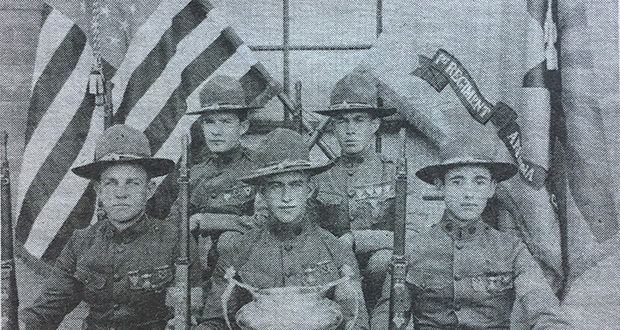Ruined Raid on Short Creek
Arizona Capitol Reports Staff//May 23, 2008//[read_meter]
Arizona National Guard troops fed women and children following the 1953 raid on Short Creek. Prior to dawn on a summer morning in 1953, Arizona staged the largest police action...
No tags for this post.

















